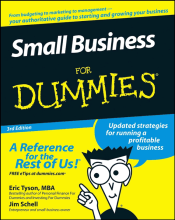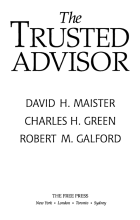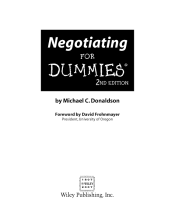Decisions - The consumer decision process - Step 2: Information search
11 important questions on Decisions - The consumer decision process - Step 2: Information search
Brands are organized in our minds as sets and subsets, explain.
- Awareness set: all the brands of which you are aware as a consumer
- Evoked set: subset of brand that you remember at the time of decision making
- Inert set: the brand you don't remember at the time of decision making
- Inept set: the brands you do remember but consider unsuitable for your purpose.
- Consideration set: the brands you as a consumer will consider buying.
How can you as a marketer accomplish that your product is in the target consumers' consideration set?
By highlighting a feature of the brand that the target consumers will find desirable.
In the web information environment the concepts of awareness and consideration sets work somewhat differently, explain
As consumer we do not have to depend on our own memories (internal memory), instead we can depend on Web sites (which serve as external memory) to store all the brand names.
In the Web environment, the concept of awareness and evoked sets are replaced by the recognition set. These are the brand names the consumer recognizes as familiar.
The consideration set is a subset of the recognition set.
- Higher grades + faster learning
- Never study anything twice
- 100% sure, 100% understanding
Two types of sources of information
- Internal search: your own memory, you try to recall whatever you know about that product category.
- External search: looking for information in market communications, media and from other consumers.
Two groups of sources of external information
- Marketer sources: associated with marketer of the product/service.
- Non-market sources: independent of the marketer's control.
What is the difference between marketer sources and non-marketer sources in the consumer's opinion?
Non-marketer sources do not have any personal interest in providing biased information, so they are viewed as nonadvocate sources and are considered more credible.
Marketer sources have a vested interest in providing biased information, they are referred to as advocate sources. Consumers view these sources as lacking credibility.
Two types of non-marketer sources
- Personal sources: individuals we know personally
- Independent sources:
A) Independent publications and organizations with relevant expertise
B) Product and service experts
C) various Web sites by independent organizations
In what category of information sources falls Company web sites?
Marketer sources, as this website is dependent of the marketer's control.
When buying expensive products, the inexperienced consumer's information sources are?
1) Friends and families
2) Visit to retail stores and strong reliance on sales persons.
When buying expensive products, the experienced and knowledgeable consumer's information sources are?
1) Non-marketer independent media
2) Friend, and families and company web sites
Note: sales persons are last resort.
On which type of information sources does a consumer heavily rely?
Non-marketer sources, therefore a product's reality is more important than the commercial speech of a sales person.
Sales persons should be highly knowledgeable, for novices this matters as well but trustworthiness is just as important for them.
The question on the page originate from the summary of the following study material:
- A unique study and practice tool
- Never study anything twice again
- Get the grades you hope for
- 100% sure, 100% understanding































